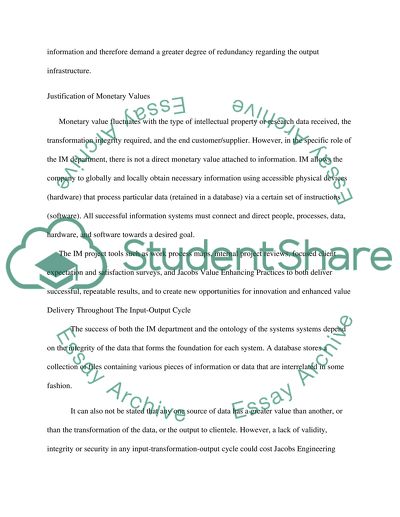Cite this document
(Managing Finance and Information at Jacobs Engineering Coursework, n.d.)
Managing Finance and Information at Jacobs Engineering Coursework. https://studentshare.org/finance-accounting/1532391-managing-finance-and-information
Managing Finance and Information at Jacobs Engineering Coursework. https://studentshare.org/finance-accounting/1532391-managing-finance-and-information
(Managing Finance and Information at Jacobs Engineering Coursework)
Managing Finance and Information at Jacobs Engineering Coursework. https://studentshare.org/finance-accounting/1532391-managing-finance-and-information.
Managing Finance and Information at Jacobs Engineering Coursework. https://studentshare.org/finance-accounting/1532391-managing-finance-and-information.
“Managing Finance and Information at Jacobs Engineering Coursework”. https://studentshare.org/finance-accounting/1532391-managing-finance-and-information.


